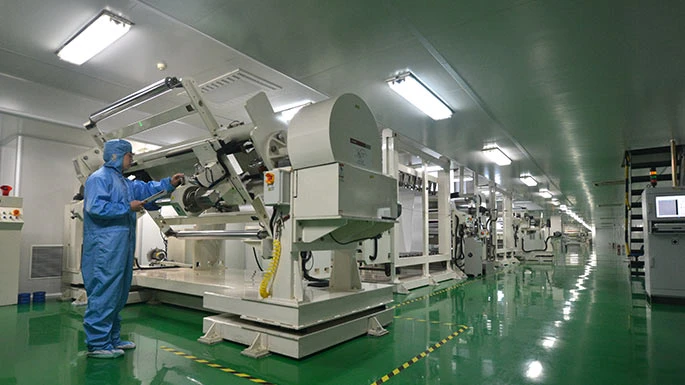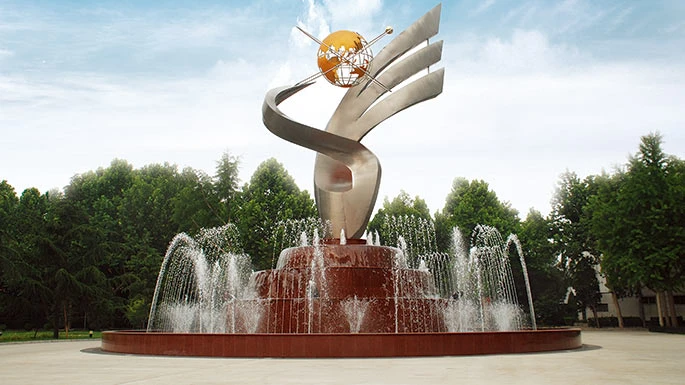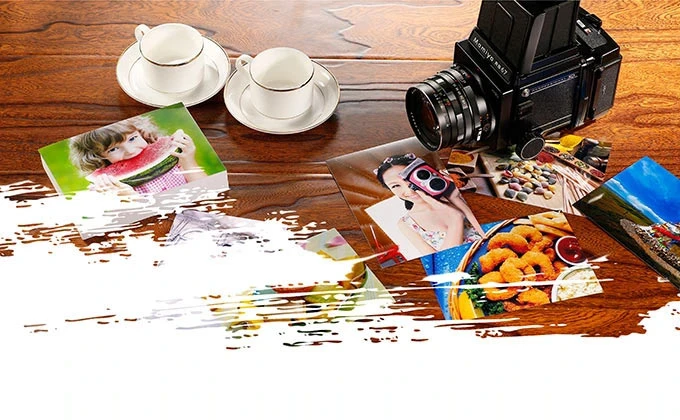In medicine, the most powerful storyteller is a living image. Medical video imaging turns hidden biology into visible guidance—capturing motion, texture, and subtle shade in real time. When a patient sits opposite a calm screen, the image becomes a shared language: doctors interpret signals, patients feel informed, and care begins with clarity.

From real-time ultrasound to high-definition endoscopy and dynamic surgical imaging, today’s video technologies do more than document. They illuminate laboratories of the body, revealing blood flow, tissue characteristics, and the invisible margins of disease. A single clip can show how a lesion changes with breathing, a live stream can guide a delicate procedure with precision, and recorded sessions can educate families and trainees alike.
Integrating imaging into care pathways yields tangible benefits: faster, safer diagnoses; less invasive interventions; shorter hospital stays; and higher patient confidence. When patients understand what the clinician sees, they participate more actively in decisions, turning medical encounters into collaborative problem-solving rather than a one-sided encounter.
For clinicians, imaging is a trusted partner. It provides real-time feedback, supports multidisciplinary discussion, and enriches training with vast libraries and realistic simulations. It enables remote expertise—specialists can weigh in from afar, expanding access to quality care. Behind every clear image lies a streamlined workflow: secure storage, standardized protocols, and software that integrates with electronic health records and patient portals.
Choosing the right medical video-imaging solution is choosing momentum. Look for crisp visualization, fast performance, robust privacy protections, and user-friendly interfaces that reduce cognitive load. Favor systems with AI-assisted analysis, interoperable data, and predictable support. When technology respects patient privacy and elevates clinician judgment, images become more than pictures; they become turning points in health.
Medical video imaging holds a simple promise: to show what matters most so care is faster, safer, and more compassionate. Let the image tell the story—and let the care follow.
China Lucky was established in 1958 as the Baoding Film Stock Manufacturing Plant, a key project under China’s First Five-Year Plan. In September 2011, it was fully incorporated into the China Aerospace Science and Technology Corporation (CASC).Photovoltaic MaterialsAs China’s largest production base for imaging materials and graphic arts films, and the nation’s most influential manufacturer of optical film materials, Lucky ranks among the world’s top four companies with the capability to produce process-free printing plates. Its products are sold in over 100 countries and regions.Medical MaterialsThe company owns two well-known Chinese trademarks: “Lucky” and “Huaguang.” With a workforce of over 8,600 employees, it operates 12 wholly-owned and holding subsidiaries, 4 directly affiliated units, including two listed companies.Imaging Information Materials | Lucky Tpcw2 Solar Backsheet | Lucky Tpcw1 Transparent Solar Backsheet | pv backsheet manufacturers | solar backsheet suppliers | photo paper bulk | photo paper wholesale | photo paper cost





